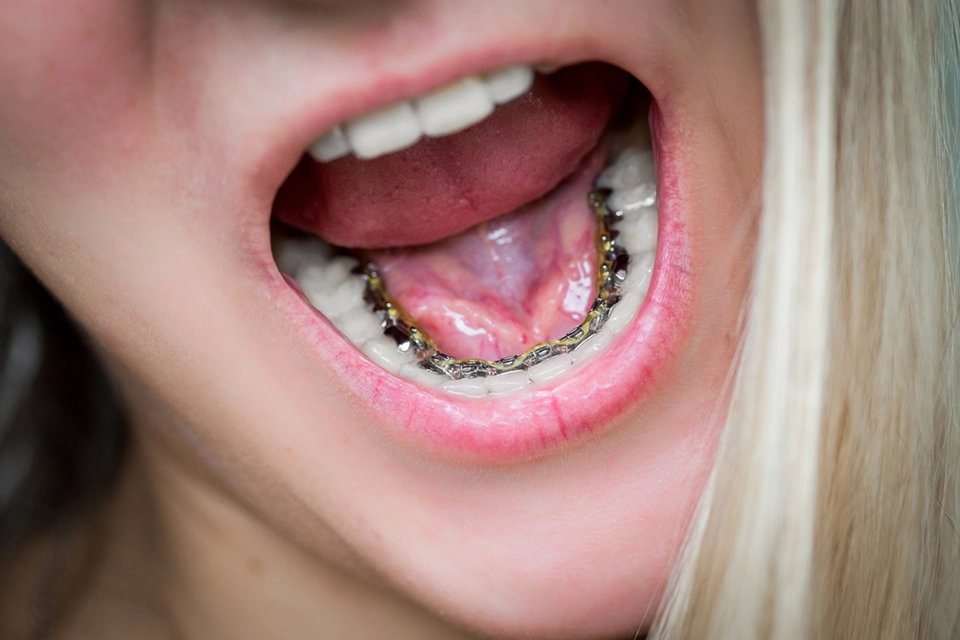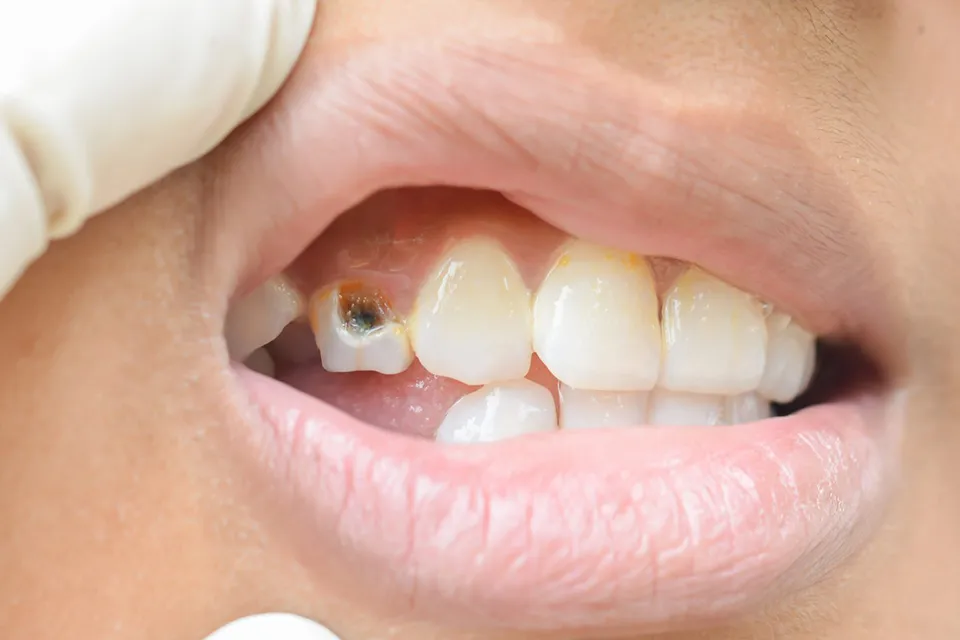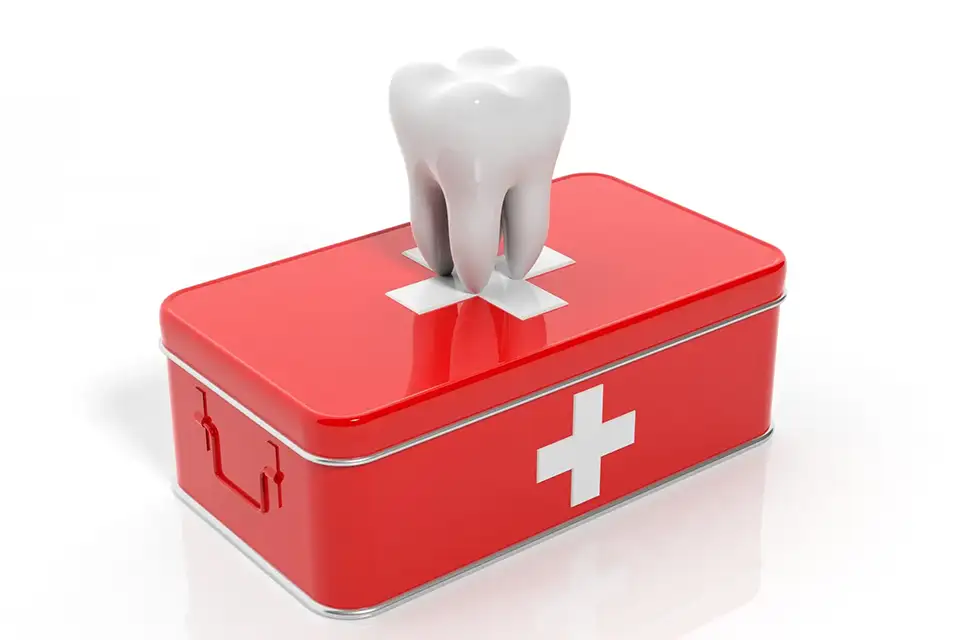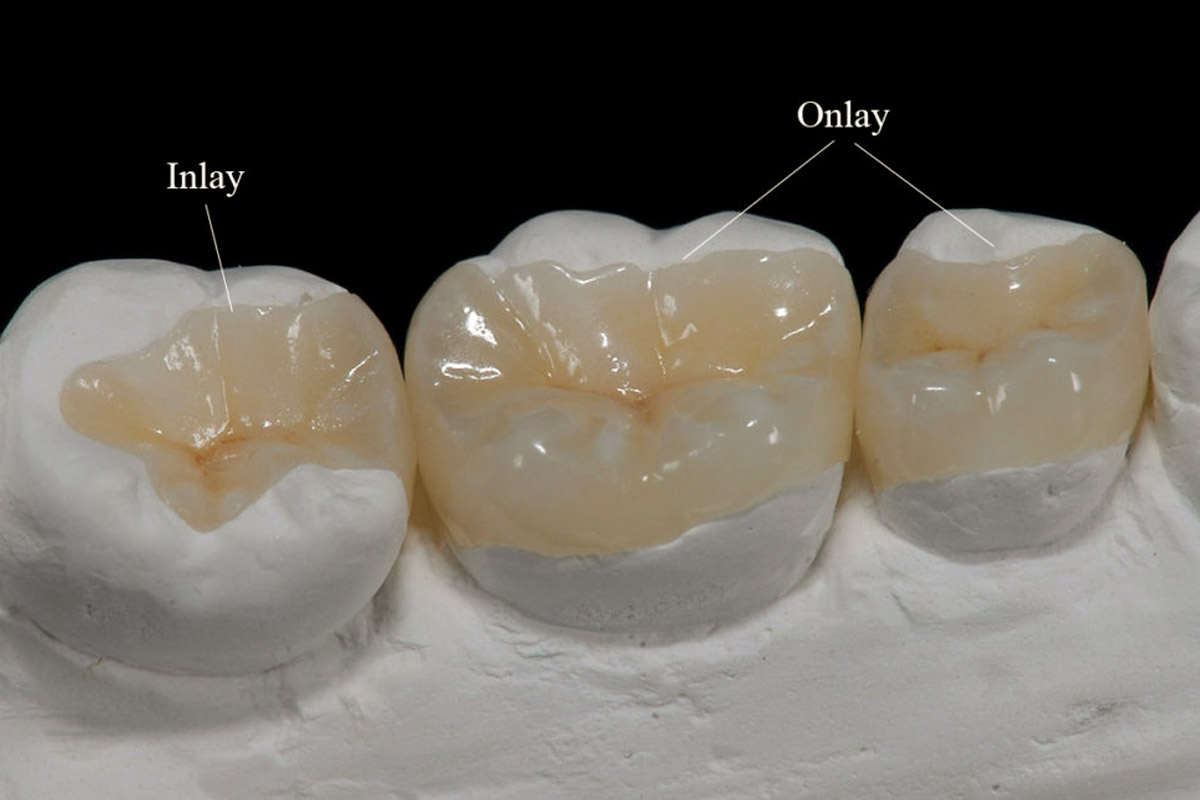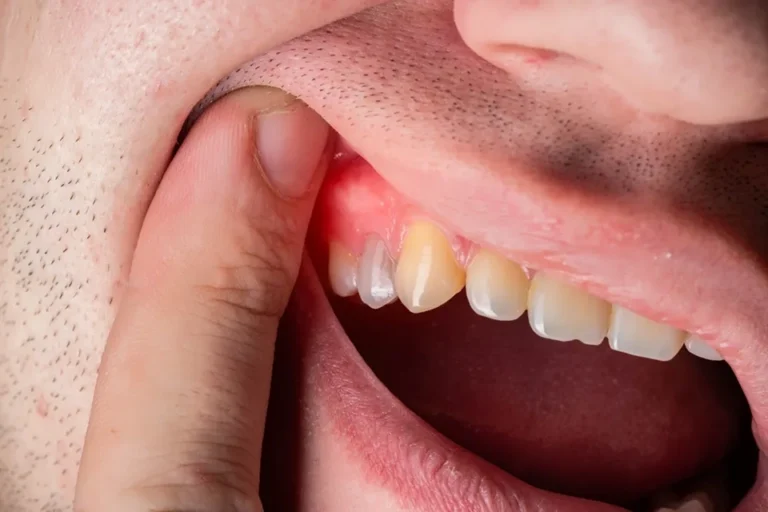Inlays and onlays are common dental restorations used to repair the structure of a damaged tooth. They offer a compromise between conservative treatment choices like fillings and more invasive ones like crowns.
The location and extent of the tooth damage determine whether the dentist should use an inlay or an onlay. Onlays address surface deterioration, whereas inlays treat severe interior damage.
Dental Inlays
Dental inlays are frequently constructed from ceramic, porcelain, or resin composites. They fit precisely into a hole in a tooth caused by an injury or decay.
Inlays are far more durable than fillings and are considered a healthier choice. In addition, they precisely resemble your teeth’ color, making them a discreet choice for treating more severe dental damage.
Dental Onlays
Onlays are similar to inlays in that they fit inside the tooth but extend onto the chewing surface of a back tooth to replace one or more cusps. Traditionally, they used to make onlays only from gold, but like inlays, more and more patients asked for tooth-colored onlays.
In addition, making the onlay out of ceramic or porcelain enables the restoration to be bonded to the tooth. The bonding procedure might strengthen the tooth and help seal the onlay to the tooth.
When Do Inlays and Onlays Get Used?
Dentists use all these dental restoration procedures to repair damaged teeth. In most cases, the damage is external. The most common cause of getting an inlay or onlay is tooth decay.
Damage to tooth enamel is frequently linked to the decaying process. You can also have one of the two appliances if you have a fractured tooth.
What Differs Inlays from Onlays?
Dental inlays and onlays are similar. The dentist can restore the chewing surface of a tooth with either kind of indirect filling. The main distinction is how much of the chewing character they cover. Onlays are more noticeable and protect one or more cusps, whereas inlays cover the fissures and pits between a tooth’s cusps.
Another distinction between dental inlays and onlays is the cost. Onlays usually cost more than inlays because they cover more of your tooth.

Onlays vs Dental Crowns
They use a crown or an inlay when restoring the enamel’s damaged area. The dentist first analyzes the severity of the tooth damage before deciding which treatment is most suitable.
A dental crown cups the entire tooth. An onlay, on the other hand, covers only the chewing surface. Therefore, a height will be preferable over an onlay if a significant amount of your natural tooth structure has been removed, and vice versa.
Inlays vs Fillings
Dentists use both inlays and dental fillings to repair minor tooth damage. They use the two interchangeably. However, they usually use a dental filling for minor restorations.
They can utilize inlays for more extensive requirements that a dental filling wouldn’t be ideal for addressing because of their strength.
Materials for Inlays and Onlays
Gold, ceramic, and composite materials are the most common materials used to manufacture inlays and onlays.
Gold
Due to the strength and durability of gold, many dentists and manufacturers utilize it for inlays and onlays. In addition, gold offers exceptional protection against potential breaking, making teeth with a history of fractures suitable candidates for gold inlays.
The most significant disadvantage of gold inlays and onlays is aesthetics. In most cases, gold fillings suit the back teeth the best, which will not be readily noticeable.
Advantages
- Stain resistance.
- Durability.
- Malleability.
- The strength that can endure fracture.
Disadvantages
- Conspicuousness
- Cost
Ceramics
They make tooth-colored inlays and onlays of ceramics, especially porcelain. This one has special visual effects compared to other materials but necessitates more maintenance.
Advantages
- Long-lasting, especially when fused to metal
- Tooth-colored
- More effective aesthetic outcome.
Disadvantages
- May chip easily
- Susceptible to discoloration
- Rigid
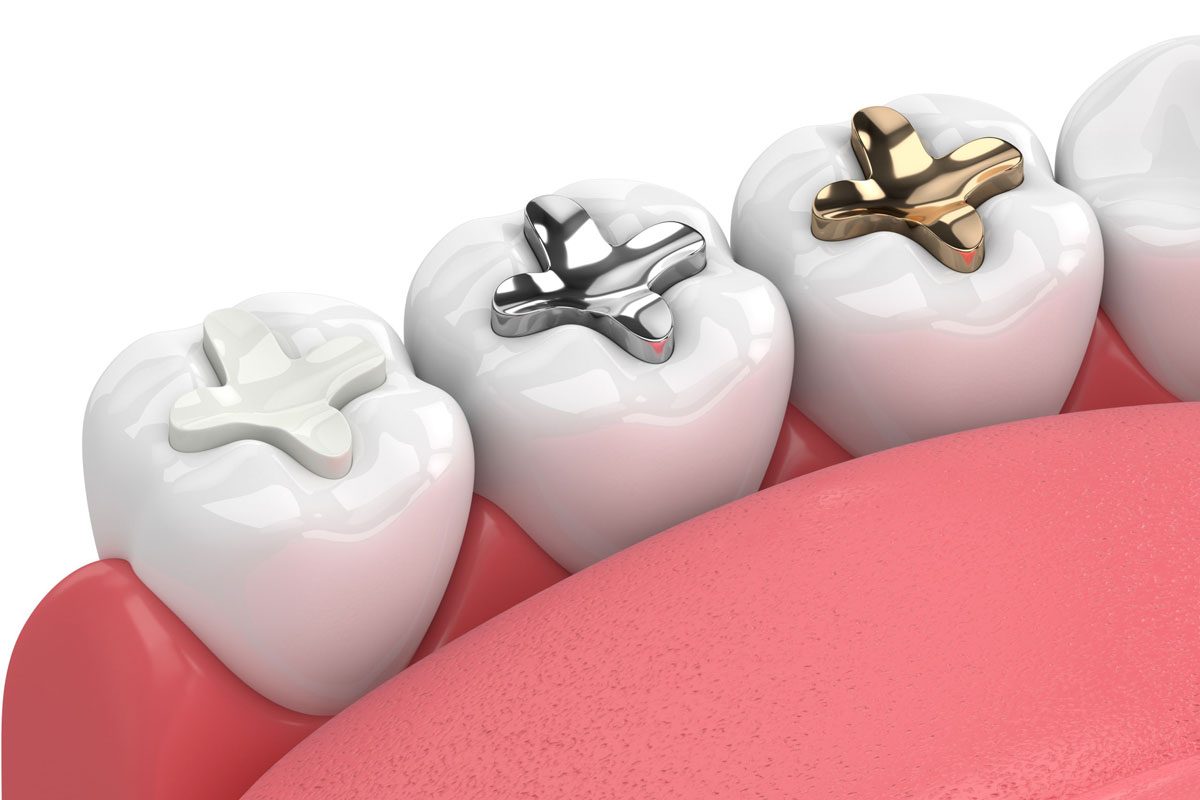
Composite Materials
Inlays and onlays constructed of resin composite are the finest alternatives for filling big cavities. In addition, they use this material to create reasonably priced, durable, and natural-looking restorations.
Advantages
- Long-lasting
- Inexpensive
- Tooth-colored
Disadvantages
- Weaker than gold
- Rigid
- Susceptible to stains
How Are Inlays and Onlays Placed?
Two appointments are necessary to finish the treatment for inlays and onlays. In the first appointment, they prepare the tooth for the inlay or onlay by removing the old filling or the decayed or damaged part of the tooth. Then, to guarantee a perfect fit and bite, the dentist takes an impression of the tooth, which is then sent to a lab for manufacturing. The dentist will then place the temporary sealant on the tooth by before setting the next appointment.
The dentist removes the temporary dental sealant during the second session. They will subsequently fit the inlay or onlay properly. If the fit is good, they will polish the inlay or onlay to a smooth finish and fix it to the tooth with a strong resin.
Where Can I Get Inlays and Onlays Near Me?
When it comes to dentistry, working with a skilled dentist to choose the ideal onlays or inlays for your oral health requirements is essential. If you live in Houston, Texas, don’t hesitate to call us at Zara Dental with questions concerning inlays or onlays; we will gladly answer them. You can also make an appointment online right now.



